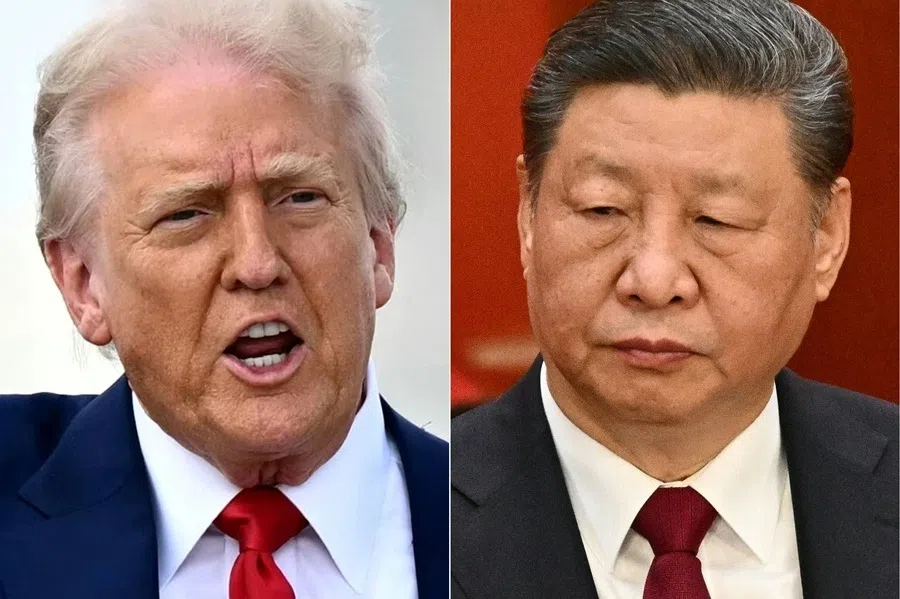Trump 2.0: A wake-up call for ASEAN’s energy and mineral strategy
Trump’s rent-seeking foreign policy pertaining to energy and critical minerals will force Southeast Asian countries to do what they least desire: making a choice between China and the US.
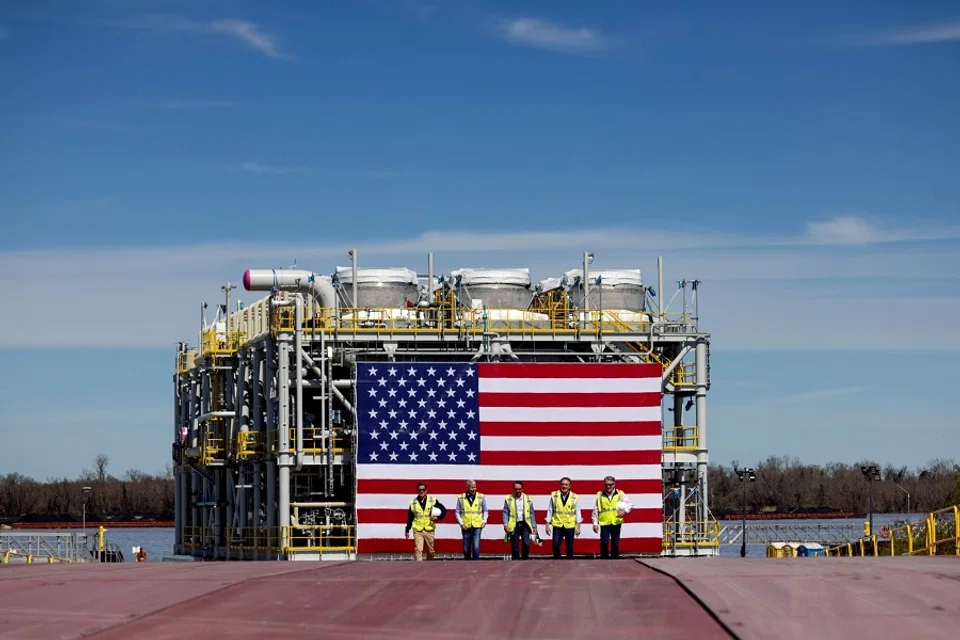
The Trump administration’s insular and rent-seeking foreign policy will significantly alter the geopolitics of energy transition in Southeast Asia. This will manifest in two ways.
First, the potential cessation of US involvement in the region’s energy sector will heighten fears of China’s dominance in energy infrastructure projects, including the ASEAN Power Grid (APG). Second, Trump’s intentions of using critical minerals as a bargaining chip for providing military assistance, if applied to the ASEAN region, will impact the regional vision for sustainable mineral development.
China provided approximately US$534 million in aid to the region’s energy sector in 2022, accounting for more than a quarter of the total share. Comparatively, the US provided only US$23.7 million...
Impact of USAID shutdown
The shutting down of the United States Agency for International Development (USAID), an important player in the energy sector, will intensify existing fears of China’s dominance in electricity transmission and generation. As shown in Table 1, China provided approximately US$534 million in aid to the region’s energy sector in 2022, accounting for more than a quarter of the total share. Comparatively, the US provided only US$23.7 million, or 1% of total energy-related aid to Southeast Asia. In addition, the China Southern Power Grid Company and State Grid Corporation of China own and operate significant portions of the national grids in Laos and the Philippines, respectively.
China’s outsized role in energy has led to national security concerns. These fears are not necessarily a reflection of negative perceptions about China; they relate to a more fundamental prerequisite of managing energy geopolitics — the need for a diverse group of strategic partners. In this context, the USAID and its counterpart agencies — the US Trade and Development Agency (USTDA) and the US Department of Energy (US DOE) — have provided key technical assistance in politically sensitive projects.
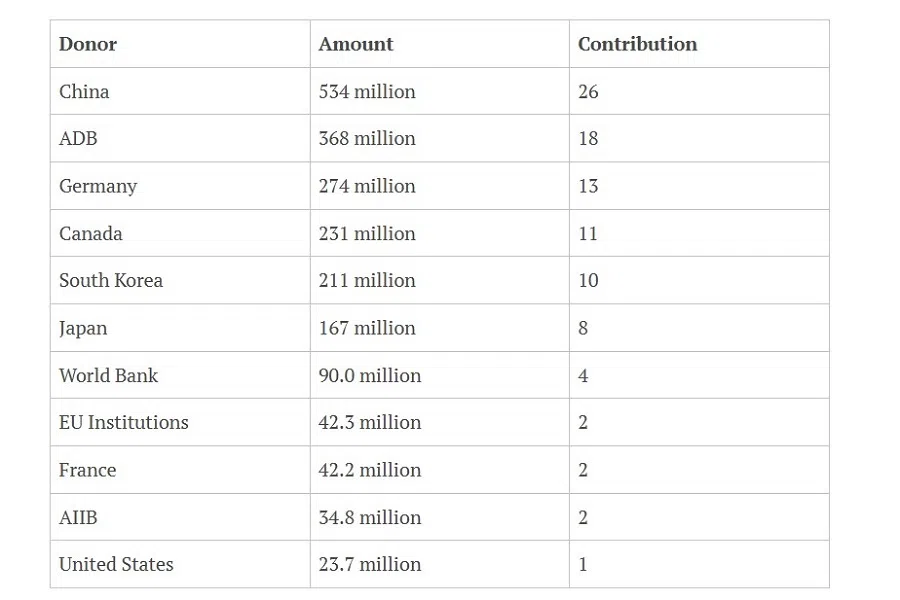
The closing down of USAID and the potential withdrawal of other US agencies is of concern to Southeast Asia. USAID’s Southeast Asia Smart Power Program (SPP) has assisted the development of long-term energy plans for ASEAN, provided technical training to energy leaders, and enhanced capacity for renewable energy trade.
Most importantly, multiple US agencies have provided crucial assistance to the development of the APG. This includes feasibility studies on the Brunei-Indonesia-Malaysia-Philippines Power Integration Project and a subsea power cable between Sumatra and peninsular Malaysia. The United States-Singapore Feasibility Study on Regional Energy Connectivity is another important initiative that highlighted the benefits of regional sub-sea interconnections.
... policymakers are confronted with the possibility that their national copper, nickel and rare earth deposits can be used as bargaining chips in return for US defence and strategic guarantees.
Trump’s critical minerals demand: a dangerous precedent
But even more alarming is Trump’s demand that Ukraine hand over its critical minerals in return for US military assistance to Kyiv. At a time when regional countries are looking to engage constructively with the international community to develop Southeast Asia’s US$800 billion critical mineral industry, policymakers are confronted with the possibility that their national copper, nickel and rare earth deposits can be used as bargaining chips in return for US defence and strategic guarantees.
In Southeast Asia, there is a growing recognition of the need to revamp the critical mineral industry. Indonesia and the Philippines, which are major exporters of copper and nickel ores, have undertaken trade measures to increase the domestic processing of these minerals. This is to transform their economies from being exporters of raw minerals to producers of value-added products such as batteries and electric vehicles.
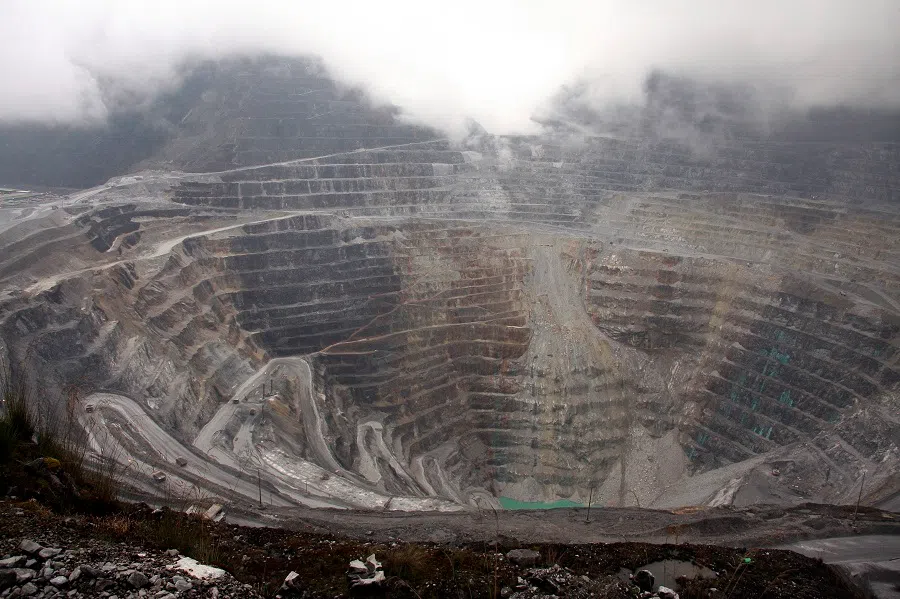
The US-China conflict has been a constant challenge to Southeast Asia’s critical mineral ambitions. Trump’s Ukraine gambit is the very bottom of a slippery slope of US critical mineral strategies that are aimed at reducing China’s dominance of supply chains. In 2022, President Biden initiated the Inflation Reduction Act (IRA). This provided tax credits to producers of EV batteries with two exceptions: countries that do not have Free Trade Agreements with the US and companies in which 25% or more of the equity stake is owned by China. This policy can have a big impact on the region. China currently controls 75% of the nickel processing capacity in Indonesia alone.
Urgent actions needed
The IRA forces upon Southeast Asia what it does not want — to choose sides. Similarly, the Trumpian approach to critical minerals may leave Southeast Asia without a choice. If Washington demands access to the region’s nickel and copper in return for military and defence support (for example, in the South China Sea disputes), where does that put ASEAN’s ambitions of using critical minerals for the region’s sustainable development? While this is a hypothetical scenario, when it comes to Trump, everything is on the table.
ASEAN needs to urgently address these geopolitical challenges. One priority is to increase the number of technical partners in the energy sector while continuing to collaborate with China. This can be done by engaging US stakeholders at the subnational level, as well as deepening interactions with the European Union, South Korea, and other partners.
As suggested by some analysts, Southeast Asia can also manoeuvre around US tariffs on Chinese-owned companies in the region to develop a business case for higher levels of local ownership. This can reduce exposure to tariffs while increasing regional control on energy.
In addition, policymakers must see Trump 2.0 as a wake-up call to urgently implement the ASEAN’s Mineral Cooperation Action Plan, particularly the deliverables on data sharing, trade facilitation and capacity building. If anything, Trump’s opening moves have pushed Southeast Asian governments to think hard about addressing their transitions to greener options.
This article was first published in Fulcrum, ISEAS - Yusof Ishak Institute’s blogsite.


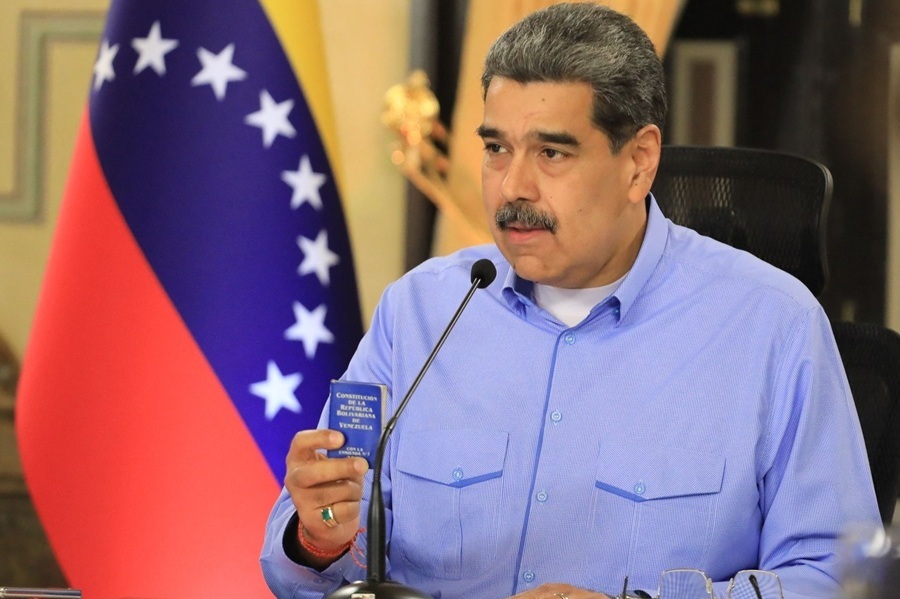

![[Big read] Prayers and packed bags: How China’s youth are navigating a jobless future](https://cassette.sphdigital.com.sg/image/thinkchina/16c6d4d5346edf02a0455054f2f7c9bf5e238af6a1cc83d5c052e875fe301fc7)
